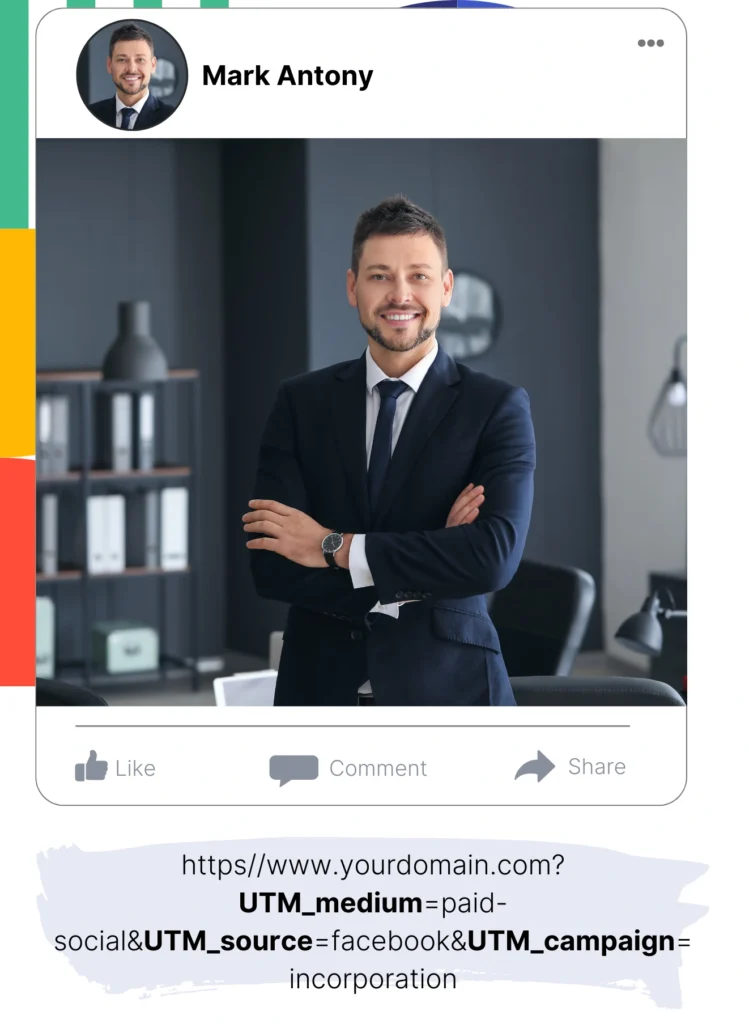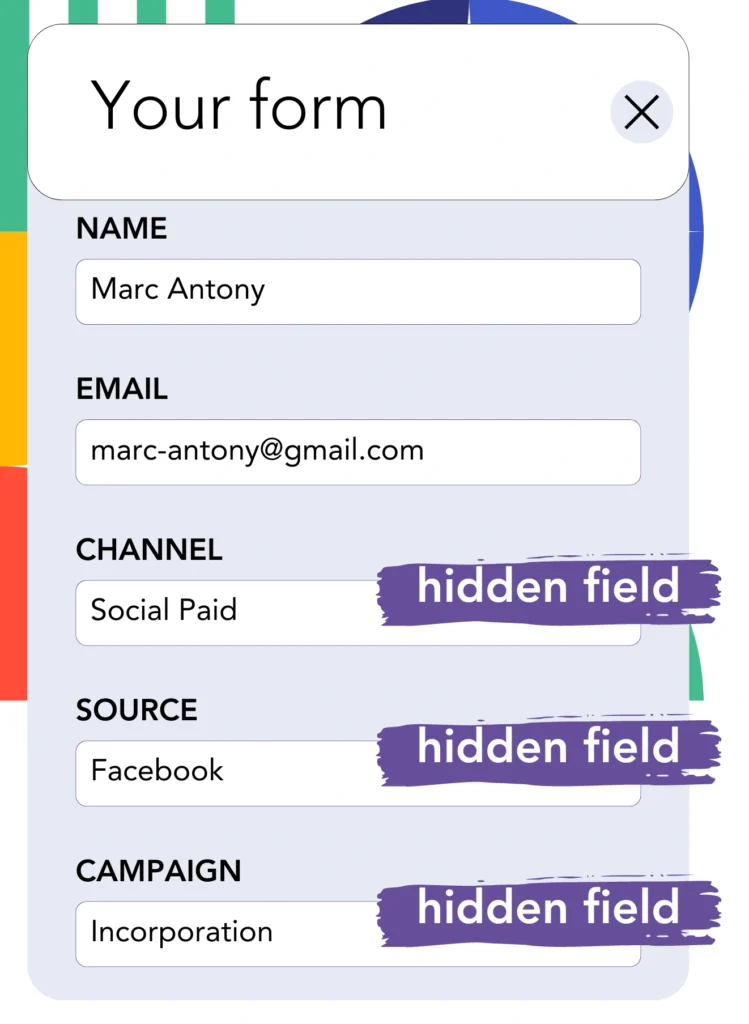You run Facebook lead generation ads and capture leads in Insightly, but you’re unable to track the specific ad responsible for each lead. As a result when a lead converts, you don’t know which ad drove the sale.
This data gap limits your capacity to optimize your Facebook ads, resulting in spending on various ads at once without clarity on which ad is driving revenue.
Leadsource solves this challenge by linking each lead to the Facebook ad, campaign, ad set, and audience responsible for it.
In this article, you will learn how to track each lead to the exact Facebook ad, campaign, audience, and ad set that generated it.
Let’s dive into this!
Capture Facebook ads in Insightly
Step 1: Add Leadsources in the head tag of your website

Sign up to Leadsources.io, and benefit from our 14-day free trial.
Add the Leadsources tracking code in the head tag of your site – follow this easy step-by-step guide.
Step 2: Add the UTM parameters to your Facebook ads campaigns

Insert the UTM parameters you aim to monitor into your Facebook campaigns.
To give you an idea, you can track the campaign, ad set, audience, and ad by applying these UTM parameters:
- UTM_source=facebook
- UTM_campaign=campaign-name
- UTM_term=ad-set-name
- UTM_content=ad-name
You can obtain complete lead source data with Leadsources, which includes channel, landing page, and landing page subfolder, even without UTM parameters, allowing for thorough lead-level insights.
Step 3: Add the hidden fields in your form

You must set up hidden fields in the form on your landing page for Leadsources to capture the lead source data.
Consequently, as soon as a new lead submits your form, Leadsources will automatically populate the hidden fields with Facebook ads information.
Follow our comprehensive guide to add hidden fields to your form for completing the setup.
Step 4: Capture the Facebook ads data in Insightly

After clicking on your Facebook ads and landing on your page, Leadsources records the Facebook ads data, including the campaign, ad, ad set, and audience.
The hidden fields of your form receive automatic updates with Facebook ads data from Leadsources.
When the form is completed and submitted, you can automatically transfer the Facebook ads data along with your leads to Insightly by simply connecting your form.
How does Leadsources work?
The Leadsources tracking code collects Facebook ads data such as campaign, ad set, audience, and ad each time a visitor arrives on your site, provided it is added to the head tag.
The hidden fields of your form hold the captured Facebook ads data, which can then be forwarded to your Insightly alongside the lead.
Here’s the data that Leadsources collects from visitors:
- Channel
- Source
- Campaign
- Content
- Term
- Landing page
- Landing page subfolder
Leadsources is capable of tracking these lead source data without the use of UTM parameters.
In specific circumstances, UTM parameters cannot be utilized:
- Google Search
- Instagram bio link
- Social media posts
- Etc.
This creates a problem for most lead source tracking tools, which depend solely on UTM parameters for lead source data, but Leadsources manages to track some lead source data even when UTM parameters aren’t available:
- Channel
- Source
- Landing page
- Landing page subfolder
As a result, Leadsources uniquely provides lead data tracking that covers all channels, unlike other tools:
- Organic Search
- Paid Search
- Organic Social
- Paid Social
- Referral
- Affiliate
- Display Advertising
- Direct Traffic
With automatic channel categorization, Leadsources produces a clean and organized dataset.
Using Leadsources, you can set up reliable lead source tracking across every channel within a central platform.
How to run performance reports
With the integration of Facebook ads data into Insightly, you can create numerous performance reports, including:
- Leads by channel
- Leads by campaign
- Leads by ad set
- Leads by audience
- Leads by ad
- Leads by landing page
- Leads by landing page subfolder
This helps you analyze and refine your Facebook ads budget with greater accuracy.
I’ll guide you through the different types of reports you can create.
Lead performance reports
These reports indicate the quantity of leads generated through:
- Channel
- Campaign
- Ad set
- Audience
- Ad
- Landing page
- Landing page subfolder
Example #1
Download data from multiple channels, such as SEO, PPC, and email, to create a report titled “Leads by Channel.”

Example #2
Once you determine which channel excels (e.g., Facebook ads), you can prioritize it to assess the number of leads generated by each campaign.

Example #3
Once you determine which campaign is the top performer for lead generation, you can see the exact audience, ad set, or ad that contributes to these leads.

Sales performance report
Recognizing which ads and keywords result in the most leads is great, but do they also contribute to your overall revenue?
Sending your form data to Insightly supports the creation of extensive sales performance reports.
Example:
| Channels | Search Paid | Social Paid |
| Leads | 50 | 75 |
| Sales | 5 | 6 |
| Average order value | $150 | $100 |
| Revenue | $750 | $600 |
After analyzing the performance of your Google and Facebook ads, you found that Social Paid ads brought in more leads than Search Paid ads.
After weeks of careful analysis, you find that the Search Paid channel yielded more revenue despite generating fewer leads than the Social Paid channel, which impacts your choice to raise the budget for Search Paid campaigns.
LeadSources tracks the source of each lead in Insightly, whether they come from ads, organic search, social, email, etc. and syncs that data with each submission. See the full breakdown on the lead source in Insightly page.

